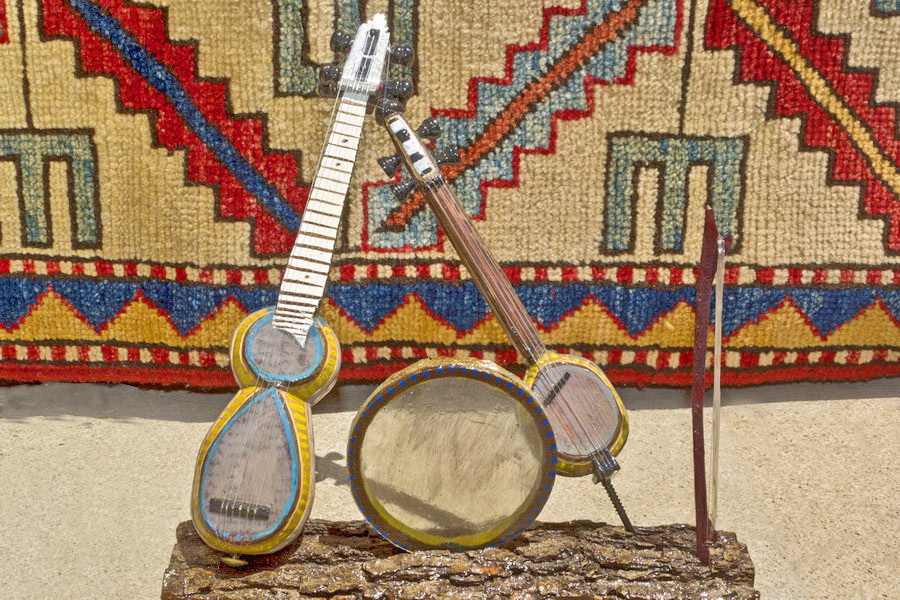
Azerbaijan, though brimming with ancient architectural wonders, takes immense pride in its intangible heritage recognized by UNESCO. Many of these cultural treasures have endured through the ages, offering us a glimpse into the past. As you venture into UNESCO World Heritage Sites - the ancient fortress in Baku, the Shirvanshahs' Palace, the Maiden Tower, the historic heart of Sheki, or the rock art cultural landscape in Gobustan - you will invariably experience these intangible heritage elements.
Azerbaijan's Intangible Cultural Heritage
Azerbaijan has made its mark on UNESCO's List of Intangible Cultural Heritage of Humanity with 23 unique entries:
- Azerbaijani Mugham - Acknowledged as a masterpiece of intangible cultural heritage in 2003 and included in the representative list in 2008.
- Art of Azerbaijani Ashiq - Added to the list in 2009.
- Traditional art of Azerbaijani carpet weaving - Joined the list in 2010.
- Craftsmanship and performance art of the Tar, a long-necked string musical instrument - Recognized in 2012.
- Chovqan, a traditional Karabakh horse-riding game in the Republic of Azerbaijan - Made the list of heritage in urgent need of safeguarding in 2013.
- Traditional art and symbolism of Kelaghayi, making and wearing women’s silk headscarves - Inscribed in 2014.
- Copper craftsmanship of Lahij - Incorporated in 2015.
- The Tradition of Baking Lepeshkas and Sharing Them: Pita - Recognized in 2016.
- Nowruz: Celebrating the New Year on the Silk Roads - Joined the list in 2011, with an expanded entry in 2016.
- Art of crafting and playing with Kamantcheh/Kamancha, a bowed string musical instrument - Recognized in 2017.
- Dolma making and sharing tradition, a marker of cultural identity - Added to the list in 2017.
- Yalli (Kochari, Tenzere), traditional group dances of Nakhchivan - Made the list of heritage in urgent need of safeguarding in 2018.
- Heritage of Dede Qorqud/Korkyt Ata/Dede Korkut, epic culture, folk tales and music - Included in 2018.
- Nar Bayrami, traditional pomegranate festivity and culture - Recognized in 2020.
- The Art of Miniature - Joined the list in 2020.
- Telling tradition of Nasreddin Hodja/ Molla Nesreddin/ Molla Ependi/ Apendi/ Afendi Kozhanasyr Anecdotes - Acknowledged in 2022.
- Sericulture and traditional production of silk for weaving - Recognized in 2022.
- Pehlevanliq culture: traditional zorkhana games, sports and wrestling - Added to the list in 2022.
- Culture of Çay (tea), a symbol of identity, hospitality and social interaction - Recognized in 2022.
- Iftar/Eftari/Iftar/Iftor and its socio-cultural traditions (inscribed in 2023)
- Craftsmanship of mother of pearl inlay (inscribed in 2023).
- Craftsmanship and performing art of balaban/mey (inscribed in 2023).
- Art of illumination: Təzhib/Tazhib/Zarhalkori/Tezhip/Naqqoshlik (since 2023).
Azerbaijani Mugham
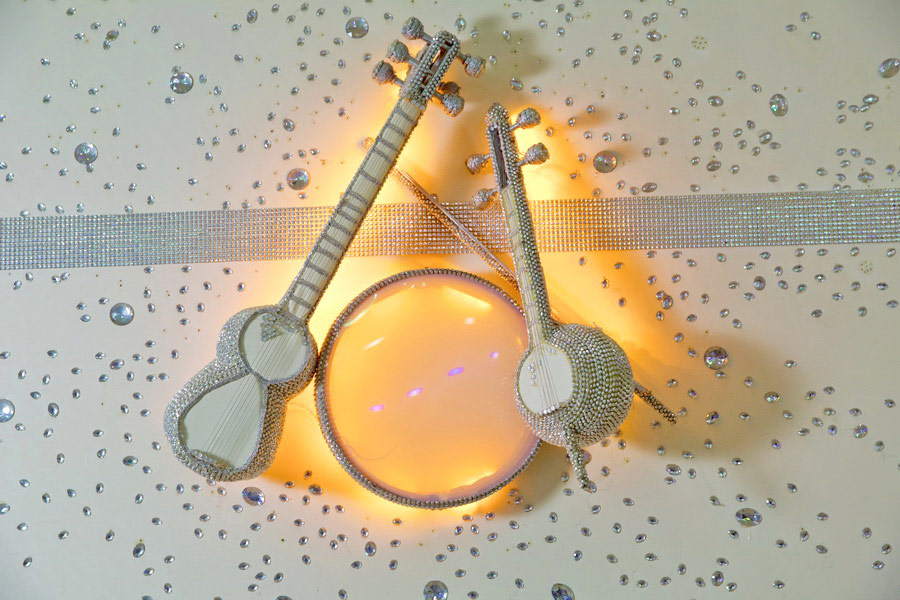
Azerbaijani Mugham is a unique form of classical music indigenous to Azerbaijan, characterized by its fluid structure. Each performance is imbued with the improvisations of the artist, ensuring every rendition is distinct. Mughams narrate various themes including courage, love, bravery, Azerbaijan's history, its interactions with neighboring countries and nations, among others. Accompanied by national musical instruments, this musical genre even graces opera stages in Azerbaijan, featuring in works such as "Leyli and Majnun" and "Shah Ismail."
Art of Azerbaijani Ashug
Ashug is an exceptional Azerbaijani genre that blends poetic narration, dance, singing, and instrumental music. Its classical repertoire is expansive, comprising 200 songs, 150 dastans – a fusion of music and literature, over 2000 poems, and hundreds of thousands of spontaneous narratives. Ashug serves as a symbol of national identity, safeguarding Azerbaijani language, music, and literature. Typically, Ashug performances are highlights of festivals.
Traditional Azerbaijani Carpet Weaving

Azerbaijani carpets are highly respected by handicraft connoisseurs worldwide. Intriguingly, carpet making is a family tradition in Azerbaijan. Men are responsible for shearing sheep, while women spin the wool into yarn, dye it, and weave the carpets. The skill of crafting national patterns is passed down from generation to generation. Making a single small rug can take up to three months. In addition, special carpets are often woven for significant occasions, such as weddings and births.
Craftsmanship and performance art of the Tar, a long-necked string musical instrument
The tar is a national musical instrument of Azerbaijan, bearing a resemblance to the lute. Crafted from three types of trees, the instrument's body is made from the mulberry tree, the fingerboard from walnut, and the tuning pegs from pear tree. The music produced by the tar unifies Azerbaijanis, as it's often played at weddings and other major events attended by both children and adults. Without fail, its sound sets everyone dancing.
Chovqan, a traditional Karabakh horse-riding game in the Republic of Azerbaijan
Chovqan is a form of equestrian sport that has been enjoyed for centuries. In this game, two teams, each comprising five riders, use wooden mallets to drive a leather or wooden ball into their opponent's goal. Played to the accompaniment of instrumental folk music, it's enjoyed by people of all ages and fosters a sense of unity and interaction among different generations.
Traditional art and symbolism of Kelaghayi, making and wearing women’s silk headscarves
Kelaghayi are traditional silk headscarves primarily made in the town of Sheki and the village of Basgal. They first emerged, at least in written records, no later than the 18th century, with significant quantities being exported from Azerbaijan to Russia. Kelaghayi are crafted from spun silk threads that are woven, boiled, and shaped into a square fabric. This fabric is then dyed in various colors and adorned with national patterns, each carrying symbolic meaning.
Copper craftsmanship of Lahij
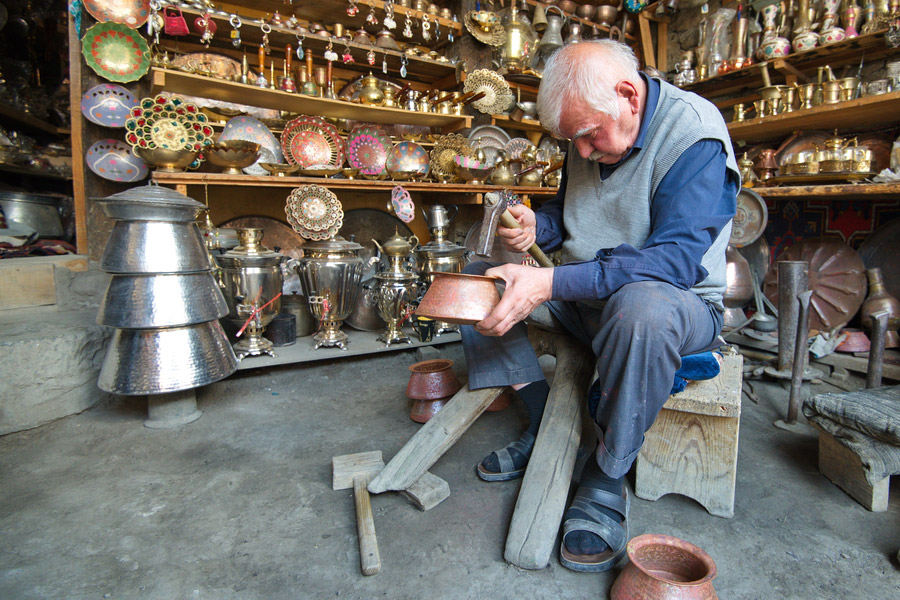
Lahij is a quaint village, home to a community of copperware artisans. The village boasts several artisanal lineages, with one of the oldest workshops tracing its beginnings to 1725. Experienced copper smiths work alongside apprentices, passing down their craft through generations. Not only is the smithing of the ware cherished, but the decorative artistry applied to the finished pieces is also greatly valued. This typically involves chiseling patterns onto the surface of the tableware. The Lahij wares are utilized by Azerbaijanis not only as souvenirs but for daily use as well, with the belief that they enhance the flavor of food.
The Tradition of Baking Lepeshkas and Sharing Them: Lavash
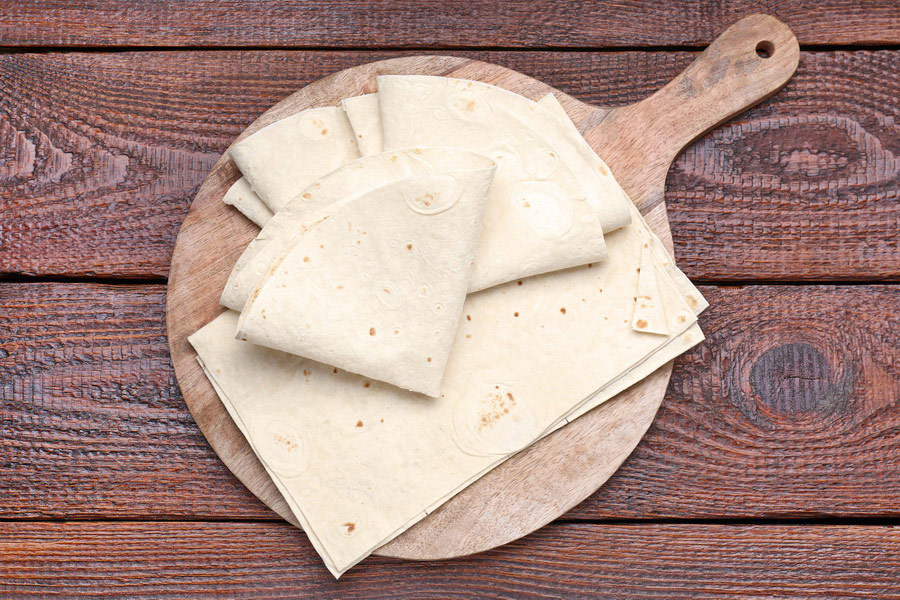
Contrary to widespread belief, lavash isn't solely an Armenian bread – it has been baked in Azerbaijan for centuries too. A staple at any feast, whether in a restaurant or a home, lavash is an exceptionally thin, large flatbread that bakes in an oven in less than a minute. Traditionally, lavash is not cut with a knife but torn by hand and distributed among those present. The art of making flatbread is also recognized by UNESCO in Iran, Kazakhstan, Kyrgyzstan, and Turkey.
Nowruz: Celebrating the New Year on the Silk Roads
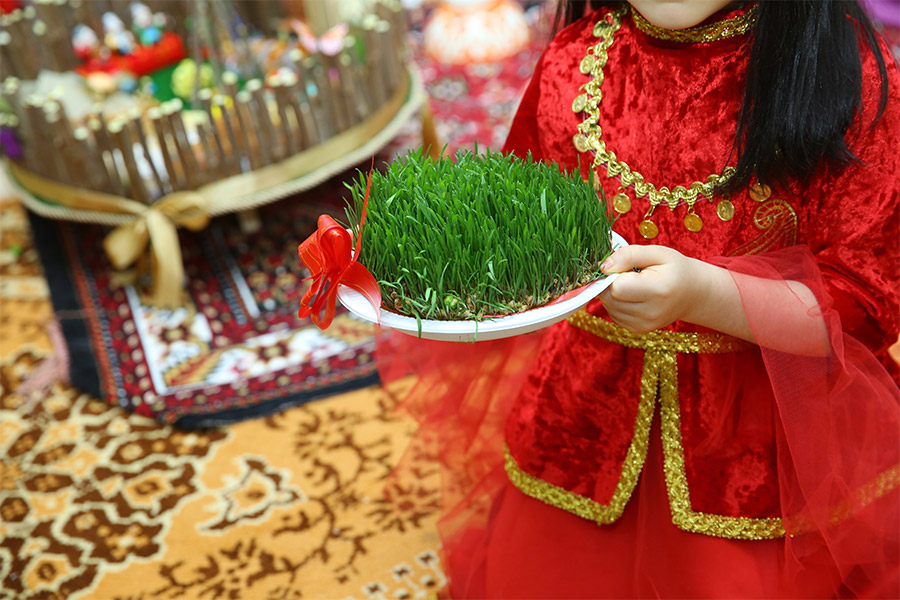
Nowruz is a traditional holiday celebrated in Azerbaijan towards the end of March. The holiday customarily involves laying out lavish feasts, visiting others, and aiding the less fortunate. Plov, a type of pilaf, is the main dish served during Nowruz. Alongside, sweet pastries like baklava, badambura, shekerburu and others are baked. These sweets are arranged on a special tray, the khoncha, adorned with candles, and then given to relatives and friends. Nowruz is also celebrated in Afghanistan, India, Iran, Pakistan, Turkey, and all Central Asian countries.
Art of crafting and playing with Kamancheh/Kamancha, a bowed string musical instrument
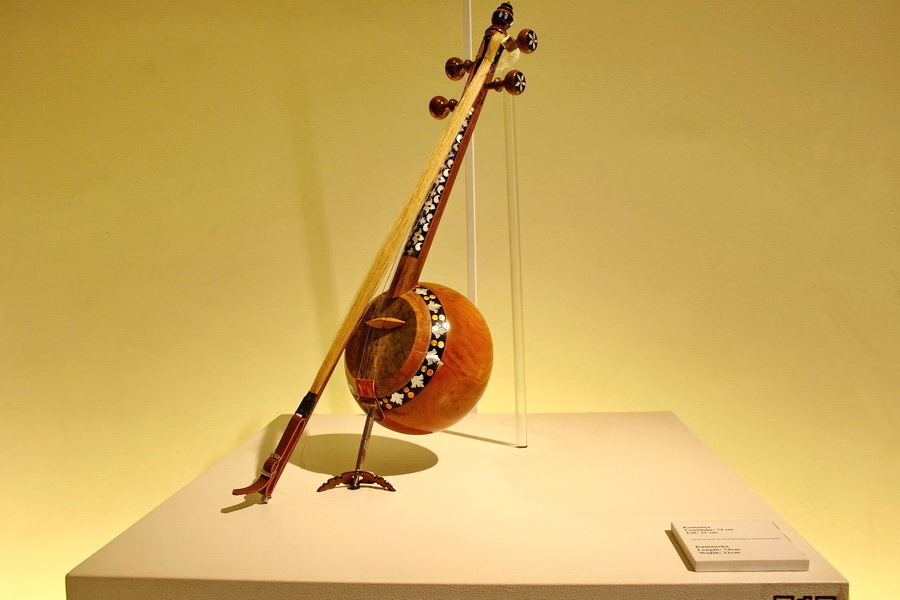
The kamancheh, a musical instrument steeped in over a millennium of Azerbaijani history, forms an integral part of the nation's culture. This hand-crafted instrument is used to perform both classical and folk pieces, encompassing a wide range of themes from mythological and romantic to comedic. The artistry of the kamancheh is also recognized by UNESCO in Iran.
Dolma making and sharing tradition, a marker of cultural identity
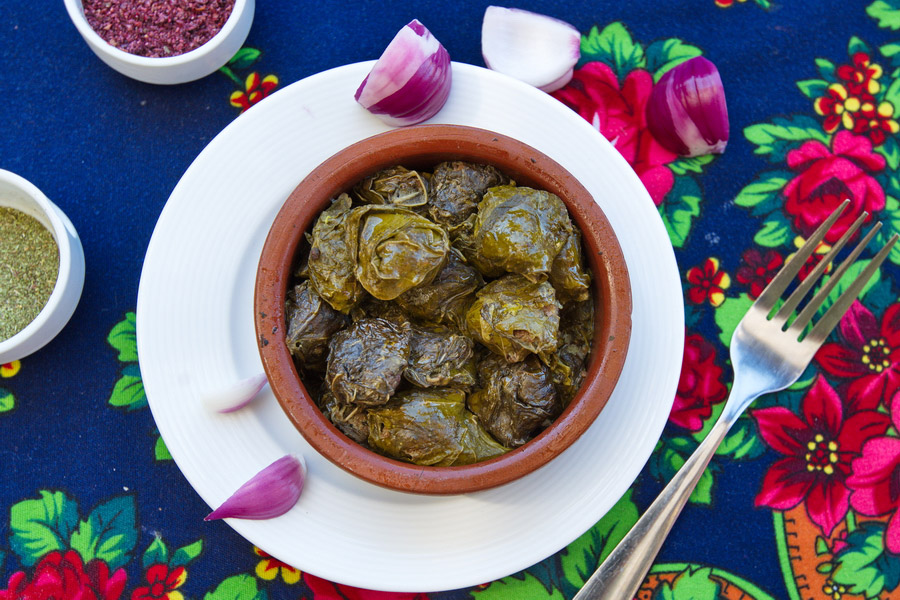
The traditional Azerbaijani dish, dolma, is more than just a culinary delight – it's an embodiment of cultural heritage. The recipe typically involves wrapping a filling of meat, rice, onions, and spices in vine leaves. However, the filling can vary based on the region. The knowledge of preparing dolma is usually passed down from mother to daughter, with entire families often gathering to make the dish. As the dolma is being wrapped, stories are shared, strengthening familial bonds and perpetuating cultural narratives.
Yalli (Kochari, Tenzere), traditional group dances of Nakhchivan
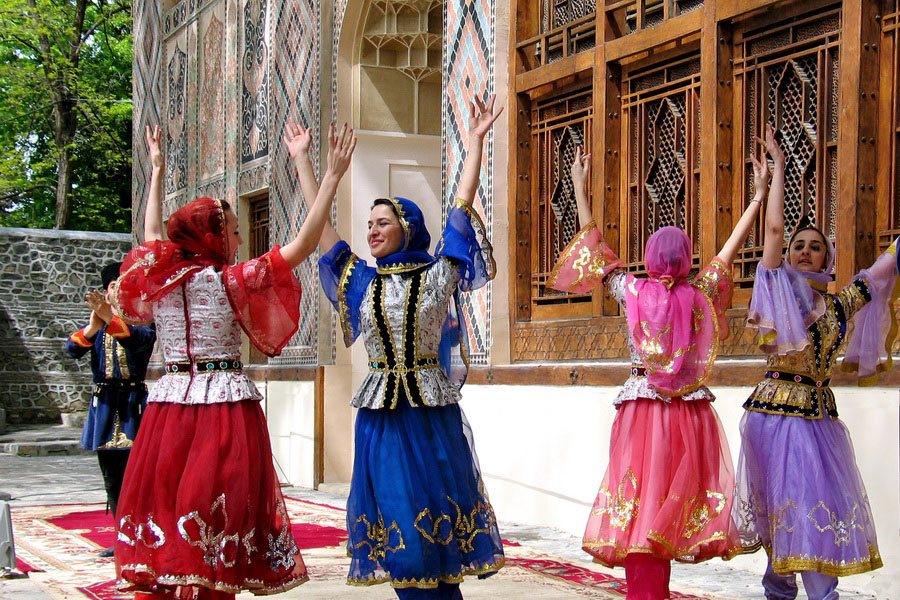
Yalli, a traditional Azerbaijani dance, is typically performed in a circle, chain, or line, with dancers mimicking animals and birds. Open to both men and women, the dance can involve anywhere between 10-15 participants and, in some regions, up to a hundred. There are multiple variations of Yalli, the most notable being kochari and tenzere. Kochari is distinguished from Yalli by its absence of a plot, while tenzere is recognized for the dancers' extensive use of gold ornaments.
Heritage of Dede Qorqud/Korkyt Ata/Dede Korkut, epic culture, folk tales and music
The Book of Dede Gorgud is among Azerbaijan's oldest literary relics, dating back to the 11th and 12th centuries. This heritage encompasses 12 epic tales, legends, and fairy tales, as well as 13 musical compositions. Dede Gorgud, revered as a wise elder, often pondered life and death in his tales. His legacy fosters unity among Azerbaijanis, reinforcing spiritual and cultural values. Kazakhstan and Turkey also recognize Dede Gorgud's legacy under the auspices of UNESCO.
Nar Bayrami, traditional pomegranate festivity and culture
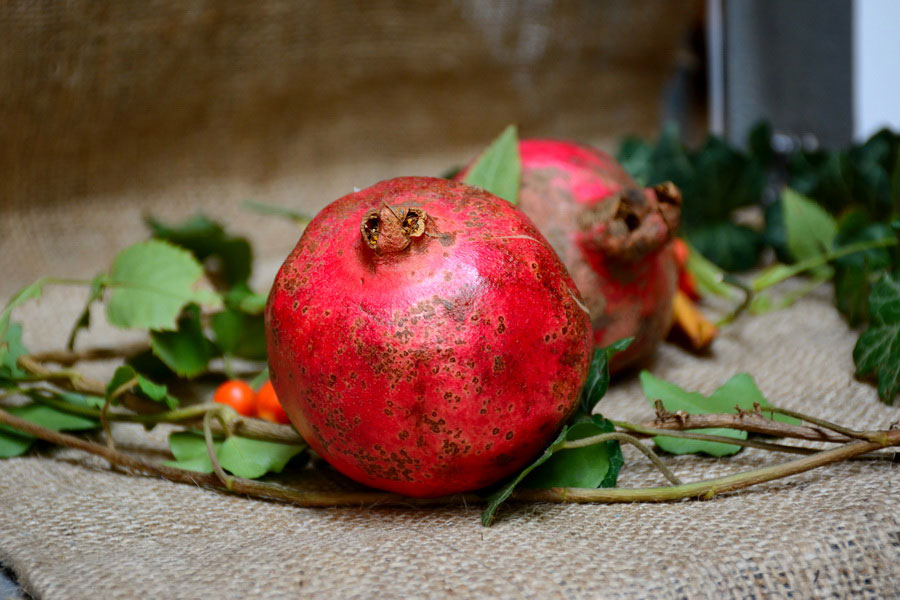
Nar Bayrams is an annual festival celebrated in the city of Goychay during the mid-autumn pomegranate harvest. The pomegranate holds significant meaning in Azerbaijani culture, featuring not only in cuisine but also in legends, stories, and art. Often depicted by craftsmen, painters, and poets, the pomegranate symbolizes love and, in a religious context, eternity. The festival includes traditional games, national dishes, and, of course, plenty of pomegranates.
The Art of Miniature
Miniature art in Azerbaijan involves the detailed depiction of people, animals, or birds on books, handicrafts, carpets, and even walls. Although the precise origins of this craft are unknown, evidence suggests its presence in Azerbaijan as early as the 13th century. The manuscript "Varga and Gulsha," adorned with miniature art, is among the oldest examples in Azerbaijan and the wider Eastern world. The art of miniature is also recognized as intangible heritage in Iran, Turkey, and Uzbekistan.
Traditional Tales and Anecdotes about Molla Nasreddin
Molla Nasreddin is a beloved figure in Azerbaijani folklore, celebrated for his wisdom and life experience. He often challenged societal norms, maintaining a sense of fairness throughout his tales. In the early 20th century, a satirical magazine named after him was even published in Azerbaijan. Stories about Molla Nasreddin are also recognized by UNESCO in Kazakhstan, Kyrgyzstan, Tajikistan, Turkey, Turkmenistan, and Uzbekistan.
Silk Cultivation and Traditional Silk Weaving
Silk weaving is an age-old tradition in Azerbaijan, with the town of Shamakhi serving as a silk-weaving hub as far back as 1475, with exports even reaching Italy. Azerbaijanis are involved in every stage of silk production, from silk cultivation to yarn manufacture, dyeing, fabric creation, and crafting silk carpets. Silk production is also recognized by UNESCO in six other countries.
Pehlevanliq culture: traditional zorkhana games, sports and wrestling
Pehlevanlık traces its roots to ancient times, where the term was used to describe wrestlers, strongmen, and heroes. Today, pehlevans perform with special tools in sports arenas as well as small Azerbaijani communities. Often, they brandish replicas of medieval weapons such as swords, bows, and arrows, and heavier wooden maces also play a role in zorkhan. Pehlevans can either compete against each other or perform individually.
Tea Culture as a Marker of Identity, Hospitality, and Social Interaction

Tea culture in Azerbaijan has deep historical roots. Here, tea isn't just a drink; it's a catalyst for engaging conversations. It serves as a social bond, consumed by children, adults, and the elderly alike. It's customary to discuss problems and share joy over tea. Furthermore, every household offers tea to guests. Turkey also celebrates tea culture under UNESCO's auspices.
Iftar and Its Social-Cultural Traditions
Iftar is a significant tradition during Ramadan, the month-long Muslim fast. Throughout Ramadan, believers abstain from eating from dawn until dusk. The pre-dawn meal is known as suhur, while the evening meal is iftar. While suhur is typically a private meal with family at home, iftar is often a communal affair. In the evenings, it's common to gather in large groups, invite guests, or host iftar for those in need. UNESCO recognizes the cultural value of iftar in countries like Iran, Turkey, and Uzbekistan.
The Craftsmanship of Mother-of-Pearl Inlay
In Azerbaijan, the traditional craft of mother-of-pearl inlay involves embedding pieces from mollusk shells into wooden objects. This art form beautifies various items like bookcases, chests, mirror boxes, and furniture. It's especially notable in the decoration of Azerbaijan's famed musical instrument, the kemancha. Artisans create designs featuring plant motifs, geometric patterns, and occasionally calligraphy. The pieces are then finely polished for a smooth finish. This skill, handed down from master artisans to apprentices, is recognized by UNESCO and is also prominent in Turkey.
Craftsmanship and Performing Art of Balaban
The balaban, an ancient wind instrument, holds a special place in musical traditions. Carved from apricot or plum wood, the balaban varies in size and the number of drilled holes, depending on the region. This instrument's sound is a staple at national festivals and weddings, bringing together people across ages and social backgrounds. The art of playing the balaban, also known as mey, has been safeguarded by UNESCO, particularly in Turkey.
The Art of Illumination: Tezhib
Tezhib is an ancient art form involving the application of gold to calligraphy and decorative motifs. There are two main techniques: applying gold leaf to pre-existing texts or patterns, and using gold paints made with natural pigments. Traditionally, tezhib embellishes the Quran, other religious texts, miniatures, and historical-cultural artifacts. This art form is celebrated in the UNESCO list, with significant contributions from Iran, Turkey, and Uzbekistan.
Azerbaijan boasts a rich cultural heritage that you'll undoubtedly experience when you visit. You're sure to be served aromatic tea, lavash, and dolma, and witness traditional Azerbaijani handmade carpets and miniature art. When you depart, we recommend taking a piece of Azerbaijan's intangible heritage home as a keepsake.
Explore more about the UNESCO World Heritage sites in Azerbaijan.

